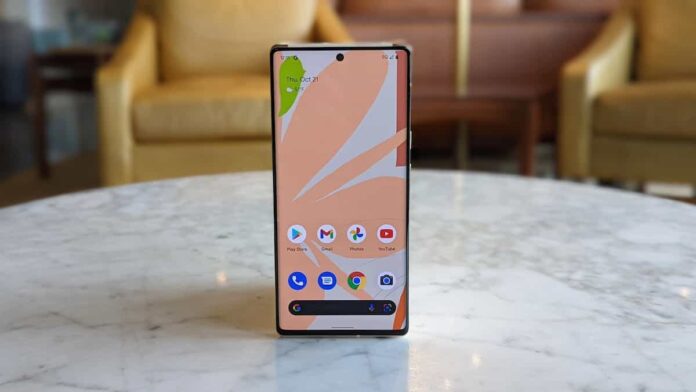A smartphone is an object that contains a long series of sensitive data and personal memories, from bank account references to photos, from social networks to credentials for accessing sites, including those for playing games. It is therefore a device exposed to risks and, precisely for this reason, its vulnerability must be minimized. Here are the main tricks to make a smartphone with an Android operating system safe.
Page Contents:
Enable a blocking system
The theft of data and accounts can be carried out both through cyber attacks and through the physical theft of the device. To limit the potential risks in the latter case, it is necessary to set up a smartphone locking system, so as to be able to log in only through authentication, which can take place by means of face or fingerprint recognition or by entering a PIN.
Avoid connecting to public WiFi networks
Public WiFi networks, such as those in airports, train stations, or hotels, expose those who connect to great risks of invasion of privacy and personal data. If you really can’t help but use public networks, it’s a good idea to resort to a VPN service, a technology that allows the user to navigate in total anonymity and in full protection of privacy.
Keep the system updated
App and operating systems must always be updated, as updates often concern the correction of bugs and flaws that could make the system vulnerable. Updates are generally performed automatically, but it is advisable to check from time to time whether the OS is actually updated to the latest version available.
Beware of passwords
It is good practice to use a different, and possibly effective, password for each account. Considering that it would be impossible to keep dozens and dozens of different combinations in mind, we suggest relying on a password manager, or applications specifically designed to safely store all credentials and keep them protected from theft attempts.
Delete unused apps
Bugs and viruses also infect the Android smartphone through apps. Since a normal user installs dozens of them in order to carry out the activities he is interested in, the risk is always constant. To minimize the possibility of your device becoming infected, periodically delete applications that you are not using.
Use two-factor authentication
Inside the Android smartphone, as already mentioned, there are often credentials that allow you to access banking services or sites where you have an electronic wallet containing money, such as those relating to platforms where you can play poker, blackjack, and online slots. The best method to protect these accounts is to use two-factor authentication, a system that allows access to the site only after entering the credentials, and an additional code provided by e-mail, text messages, or through specific apps.

